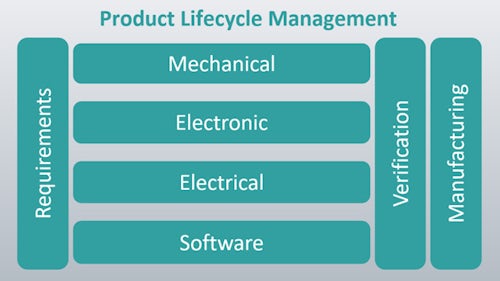Every IC designer strives to create a “clean,” or error-free, cell, block, chiplet, SoC, or 3D IC assembly before passing their work downstream for full signoff verification. However, waiting until signoff verification to find out how well you did is probably the least efficient approach to achieving production-ready layouts, impacting engineer productivity, project schedules, and hardware resources.
The shift left benefits in IC design verification
A shift left approach to IC design in which verification analysis is performed early and throughout the IC design cycle delivers significant competitive advantages. Early analysis capabilities available in the Calibre® nmPlatform toolsuite provide proven, innovative shift left solutions, including artificial intelligence, that allow design companies to achieve the productivity, efficiency, and cost reductions they are seeking while ensuring Calibre-quality results.
Download our technical paper to learn more.



